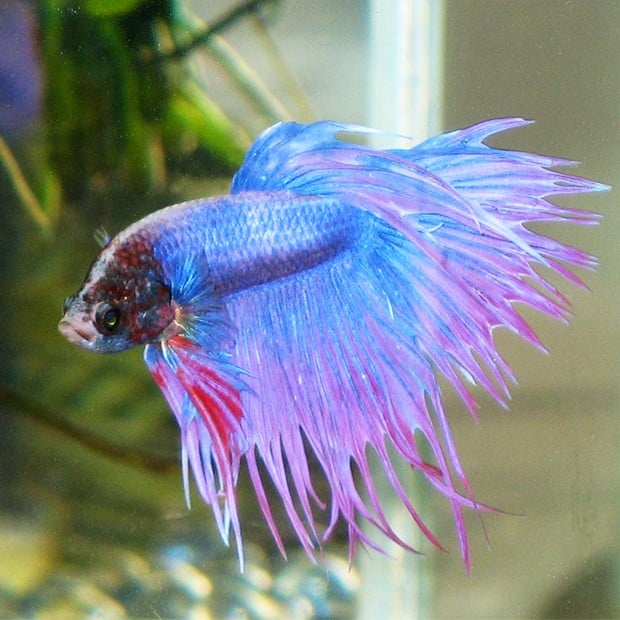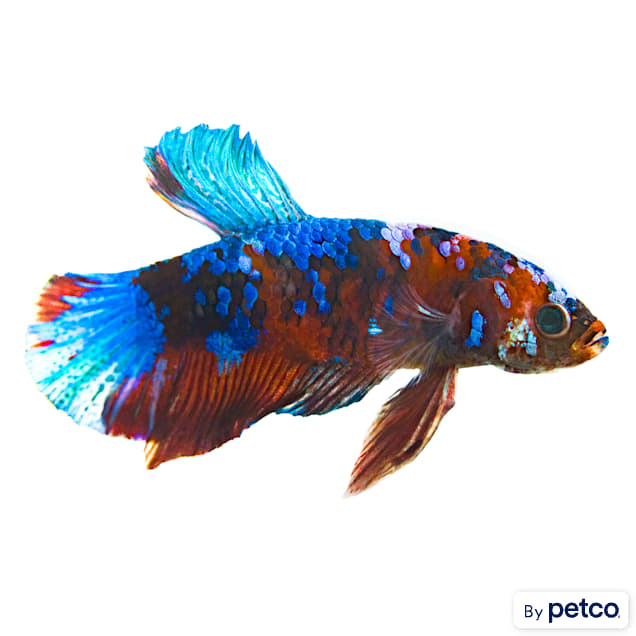Reproducing Betta Fish: a Comprehensive Step-By-Step Guide to Effectively Raising Child Bettas From Eggs to Their Adult Years
Breeding Betta fish is a precise undertaking that needs mindful planning and execution to make certain the successful development of fry from eggs to grow fish. Picking genetically varied reproduction couple with desirable features is only the start; developing an ideal atmosphere and understanding the details of the breeding procedure are similarly important. As the male Betta faithfully constructs a bubble nest and guards the precious eggs, the succeeding phases of care and shift demand focus to information and expertise of finest methods. How does one navigate the tough yet gratifying path of nurturing these lively creatures to the adult years?

Picking Reproduction Pairs
When getting started on the trip of reproducing Betta fish, picking the ideal reproduction sets is critical to accomplishing desirable attributes and a healthy and balanced family tree - betta fish. The very first step in this process is to recognize the certain attributes you wish to enhance or maintain, such as color, fin type, and physique. It is vital to pick genetically diverse sets to stay clear of inbreeding, which can result in health issues and unwanted attributes
Assess potential breeding candidates thoroughly. A healthy male Betta needs to show vibrant colors, an energetic temperament, and well-formed fins, while the lady needs to additionally present dynamic coloration and a rounded tummy, showing readiness for spawning. Observing the temperament of both fish is essential, as aggressive or excessively shy individuals might not reproduce efficiently.
Keeping documents of the parent fish's ancestry can aid you track genetic traits and possible problems. Eventually, investing time in the selection process will significantly enhance the possibility of generating solid, vivid offspring that satisfy your reproduction goals.

Preparing the Breeding Tank
Developing an ideal reproduction environment is a vital action after picking appropriate sets for Betta fish. The breeding container should be specifically designed to provide comfort and promote the natural breeding habits of the fish. Start with a storage tank dimension of at the very least 10 gallons to ensure sufficient area for both the man and female Bettas.
Preserve a gentle filtering system to maintain the water tidy while preventing solid currents that can worry the fish. Additionally, an air rock can be included in give oxygenation without interfering with the water surface as well much.
Temperature level guideline is essential; go for a stable series of 78-82 ° F(25-28 ° C) making use of a reputable heating unit. The pH level need to be kept in between 6.5 and 7.5, and normal water modifications are essential to make sure high water high quality.
Incorporate floating plants or spawning sponges to create hiding spots for the female, while likewise encouraging bubble nest structure by the man - betta fish. Lastly, ensure the container is totally free from sharp decorations and any kind of possible threats, as the welfare of the fish need to constantly be focused on during this important stage of reproduction.
The Breeding Process
Usually, the reproducing process for Betta fish involves a collection of unique and observable behaviors that show readiness for recreation. The male Betta starts by building a bubble nest at the water's surface area, which offers as a website for the fertilized eggs. This nest is important, as it provides a secure setting for the eggs up until they hatch.
Once the nest is developed, the male will display courtship behaviors, such as flaring his fins and exhibiting vibrant colors to draw in the woman. The female, upon picking up the man's readiness, will respond by presenting upright red stripes along her body, signaling her receptiveness.
When the women strategies, the male participates in a breeding dancing, usually leading to a welcome called the "spawning." During this link this embrace, the female releases her eggs, which the male feeds quickly. The you could check here fertilized eggs then are up to the bubble nest, where the male carefully accumulates and returns them to the nest. Following this, the male assumes obligation for securing the nest and making sure the safety and security of the eggs until they hatch out, normally within 24-36 hours. This stage is critical in the reproducing process, laying the foundation for successful fry advancement.
Taking Care Of Betta Fry
Caring for Betta fry calls for mindful interest to their environment and nutrition to ensure healthy and balanced growth and development. After hatching, Betta fry are exceptionally little and susceptible, demanding a secure and tidy habitat.
Feeding Betta fry is just as important. Feed them tiny amounts a number of times a day, being mindful not to overfeed, which can lead to water top quality concerns.
Transitioning to Grownup Bettas
As Betta fry fully grown, transitioning them to adult Bettas is a crucial phase that needs cautious management of their atmosphere and social interactions. This procedure commonly begins when the fry get to around 6 weeks of age, whereupon they can be gradually presented to a more structured living atmosphere.
To facilitate this shift, it is important to guarantee that the water specifications-- such as temperature, pH, and ammonia degrees-- are ideal and secure. Grown-up Betta fish prosper in other cozy water (around 78-80 ° F) with a pH of 6.5 to 7.5. Gradually acclimate the fry to these problems to minimize tension.
Social communications are another key aspect; man Bettas are infamously territorial and aggressive. For that reason, it is a good idea to different males into private containers as they develop. Women Bettas can be housed together, yet treatment must be required to keep track of for signs of hostility.
In addition, nutritional adjustments ought to be made as the fry expand. Integrate high-quality pellets and live foods to support their development and wellness. By taking care of these factors efficiently, you can advertise a successful transition to the adult years for your Betta fish.

Conclusion
Effective breeding of Betta fish needs mindful interest to information throughout the entire procedure, from picking genetically varied sets to providing optimum care for fry. Additionally, a well balanced diet and steady adaptation to adult environments are crucial for the development and development of Betta fish.